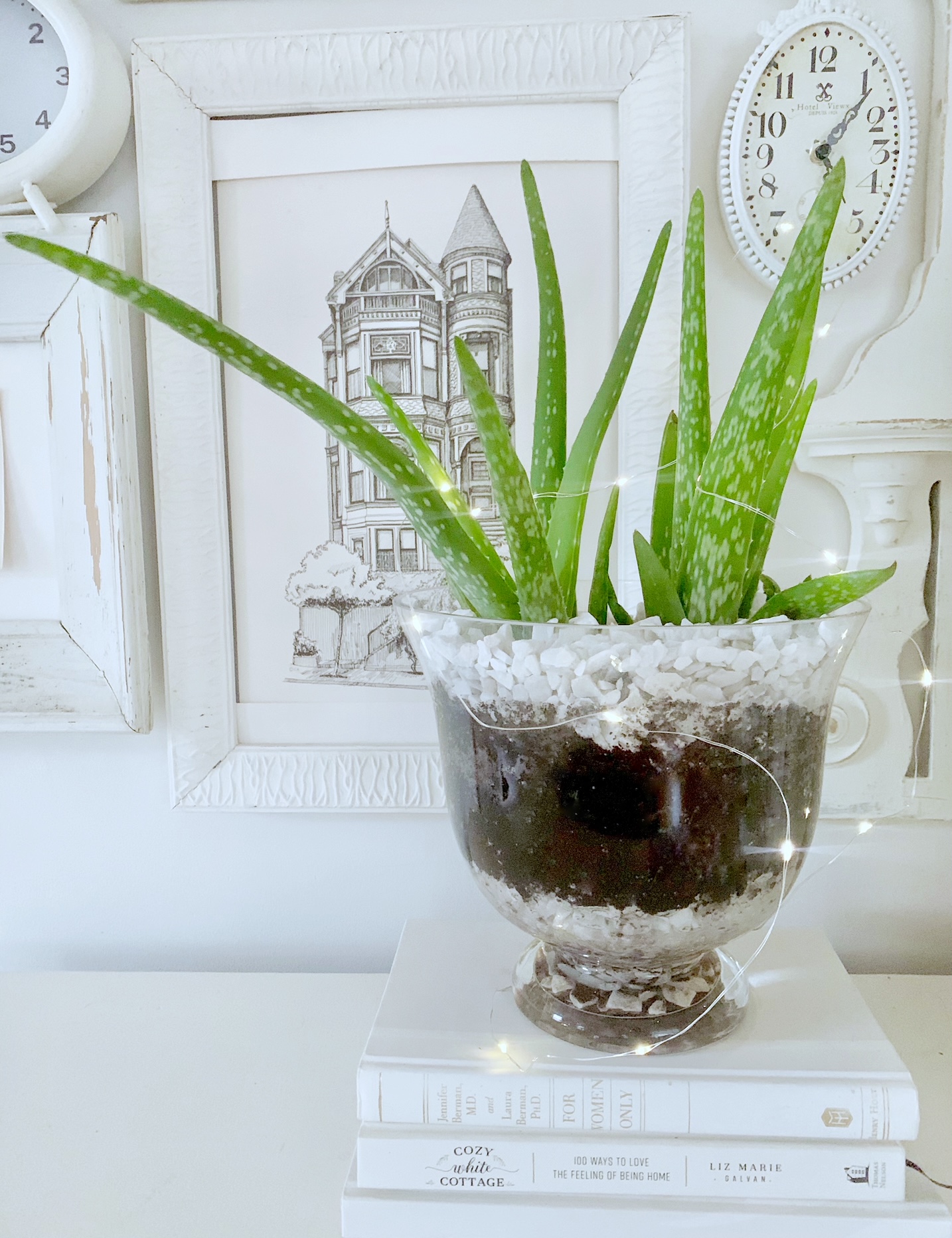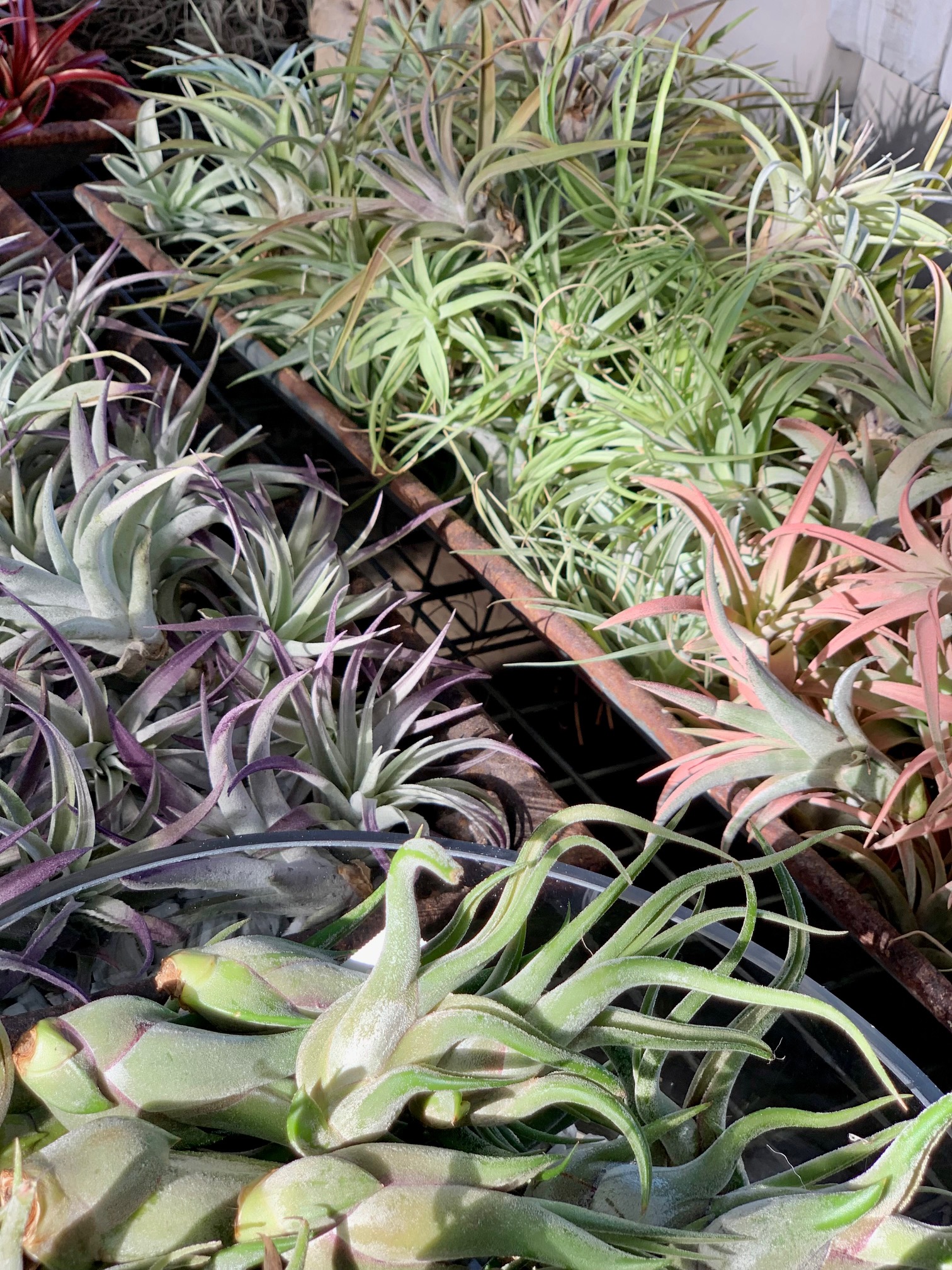I don’t know about you, but I’m super enthusiastic about indoor gardening! Getting the soil mix just right for my plants is one of my favorite parts. Whether I’m crafting a custom blend or exploring ready-made options, I proudly consider myself a bit of a “mixologist” in the world of indoor gardening. Okay, that sounds kind of nerdy, but I truly do geek out about creating custom soils or finding the perfect pre-made mix! There’s just something so satisfying about tailoring the ideal medium for each plant.

Content may contain affiliate links. When you shop the links, we receive a small commission at no cost to you. Thanks for supporting my small business.
If your African violets haven’t been looking so hot lately, don’t sweat it! These finicky little houseplants with their fuzzy leaves and dainty blooms are known for being kinda demanding when it comes to care. But the good news is, getting the soil right goes a long way towards growing big, beautiful African violets.
Key Takeaways: Achieving Success with African Violets
Discover the essential care tips for thriving African violets at a glance! This quick list offers a snapshot of key strategies to ensure your plants flourish. Dive deeper into the post for detailed insights and expert advice on cultivating healthy and beautiful African violets.
- Use a lightweight, fast-draining soilless mix with peat/coir, perlite, and vermiculite
- Pasteurize mixes to eliminate pests and disease
- Repot plants every 2-3 years in fresh soil
- Divide overgrown plants and propagate with leaf cuttings
- Maintain proper moisture without overwatering
- Provide bright, indirect light and 40-50% humidity
- Adjust soil pH to slightly acidic levels around 6.0
- Address issues quickly by troubleshooting soil conditions

In this post, Best Soil for African Violets: The Ideal Mix for Beautiful Blooms, I’ll walk you through everything you need to know to craft the ideal potting mix or locating a ready made potting mix. Consider me your soil sensei! With the right blend of ingredients to provide drainage, moisture retention, and nutrients, you can get your violets thriving again in no time. No more yellow leaves or spotty blooms – just big, vibrant flowers all year round!
In this comprehensive guide, you’ll learn:
- The must-have components for African violet soil
- How to create the perfect lightweight, well-draining mix
- Where to buy ready made African Violets potting mix
- Repotting and dividing techniques to invigorate growth
- Common issues and how to avoid them
- Growing tips for lush, vibrant plants
So put on your gardening gloves and get ready to become an African violet pro! With the tricks in this guide, you’ll have bountiful blooms in no time. Let’s dig in and get your soil recipe right so you can enjoy these charming houseplants for years to come.
With the right potting mix, your African violets will reward you with gorgeous flowers year-round!
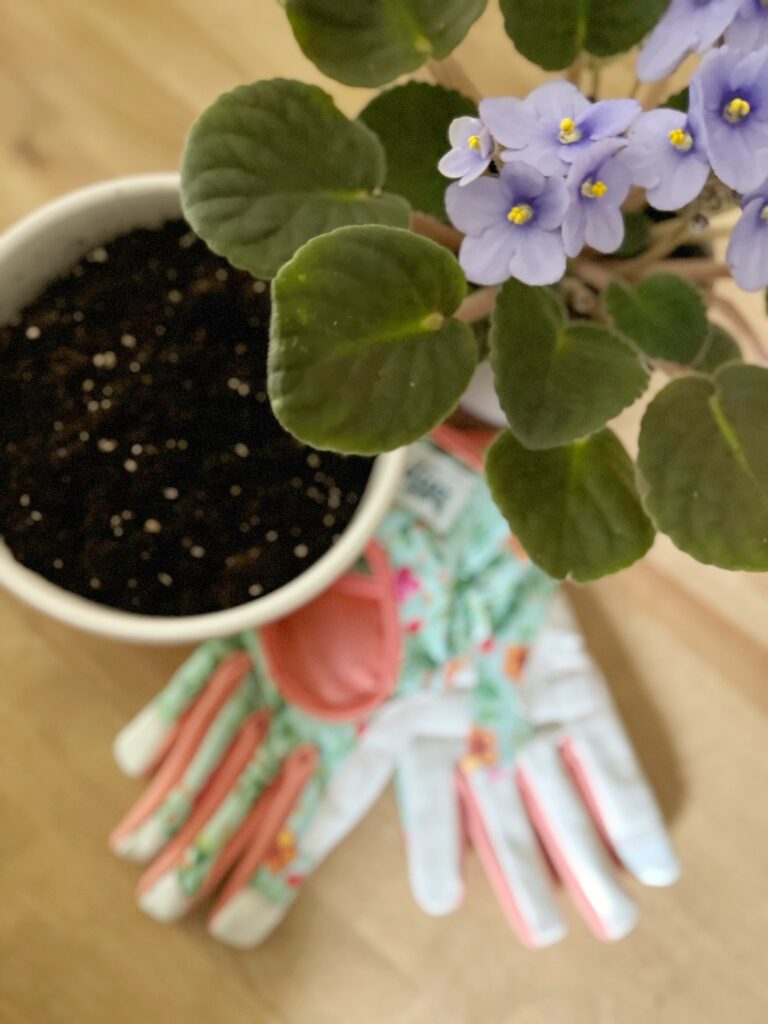
Must-Have Soil Components for Happy African Violets
When it comes to African violet care, proper potting soil is essential. Understanding the key ingredients will help you recreate the light, fluffy, moisture-retentive medium these plants thrive in.
While African violet soil mixes vary, most contain 3 core components:
Peat Moss or Eco-Friendly Alternatives
Peat moss is the most common base ingredient you’ll find in specialty mixes. It offers excellent moisture retention, mimicking the steamy jungle conditions where African violets originate. The spongy structure of peat moss absorbs water readily, then releases it slowly to plant roots.
However, peat moss is not a sustainable choice. Harvesting it damages fragile mossy peat bogs that provide important environmental benefits.
Luckily, some great eco-friendly alternatives exist:
- Coconut coir (coco coir) – Made from coconut husks, coir retains moisture extremely well and helps aerate soil. It lasts longer than peat moss without compressing over time.
- Wood/bark fiber – Retains moisture well and incorporates organic matter. May require additional nitrogen fertilizer.
- Sphagnum moss – A living moss native to peat bogs. Harvested sustainably, it provides similar benefits to peat. Retains lots of moisture.

Perlite
Perlite is a volcanic rock that’s been super-heated into lightweight, popcorn-textured pieces with lots of nooks and crannies.
When mixed into African violet soil, perlite:
- Creates space for air circulation around roots
- Allows excess water drainage out the bottom of the pot
- Retains just the right amount of moisture in all its tiny pores
- Releases moisture slowly, boosting humidity for leaves
Perlite is an essential ingredient for a lightweight, well-aerated soil blend. Around 25% perlite is ideal in most mixes.
Vermiculite
Like perlite, vermiculite is a mineral expanded with heat to create many tiny air pockets. It has a slightly more mica-like appearance.
Vermiculite offers African violets:
- Excellent water and nutrient retention
- Sterile medium is unfriendly to molds and bacteria
- Insulating abilities to protect roots
- Faster root growth when combined with fertilizers
Use vermiculite in similar ratios to perlite – around 25% of total volume. Too much can make the blend too spongy and prone to overwatering.
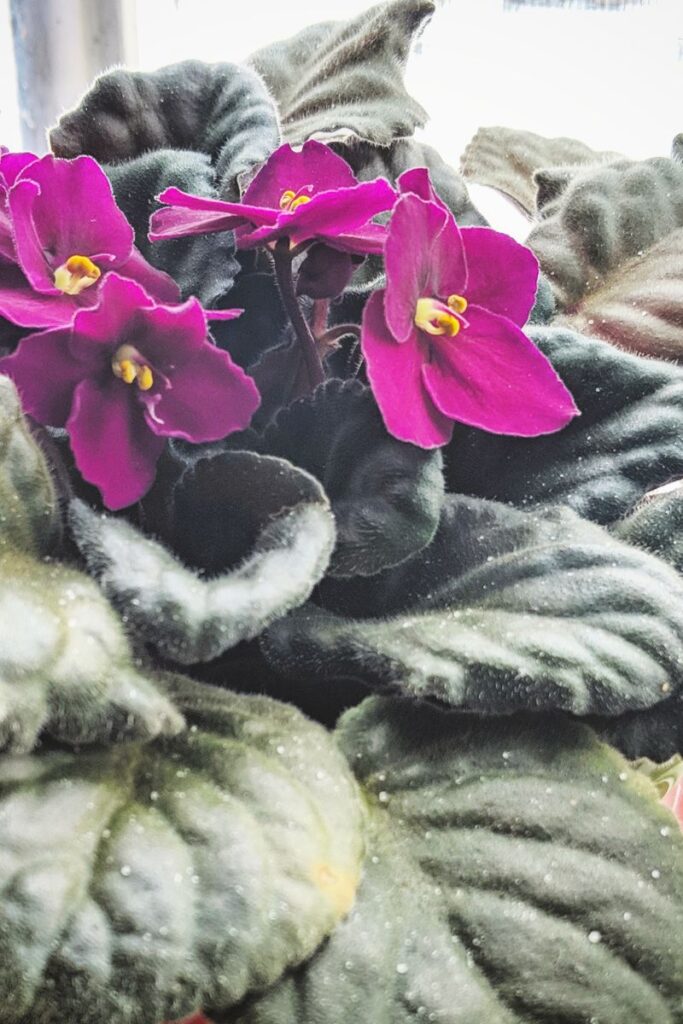
Achieving the Ideal pH
African violets thrive best in slightly acidic soil – ideally between 5.8 to 6.5 pH1. This allows them to absorb nutrients efficiently.
Standard potting mixes designed for indoor plants tend to be neutral or slightly alkaline. To lower pH naturally, incorporate:
- Peat moss
- Composted pine bark
- Oak leaf mold
- Coffee grounds
Monitor soil pH annually and adjust as needed. Proper pH prevents issues like leaf spotting and poor flowering.
Now that you know the soil essentials for robust African violets, it’s time to start blending! Let’s explore mixing the perfect potting recipe…
African violets thrive best in slightly acidic soil – ideally between 5.8 to 6.5 pH. This allows them to absorb nutrients efficiently.
Crafting the Perfect African Violet Potting Mix
Understanding the ideal soil components is an excellent start, but now it’s time to blend them into the perfect medium for your African violets.
You can purchase pre-made specialty mixes, but creating your own custom soil blend allows you to control the ingredients and tailor it to your plants’ needs.
DIY African Violet Soil Recipes
Though recipes vary, most contain peat moss, perlite, and vermiculite in a similar ratio. Here is one tried and true blend to try:
- 2 parts peat moss or coconut coir
- 1 part perlite
- 1 part vermiculite
Optional amendments like compost, worm castings, or crushed eggshells can provide additional nutrition. But go lightly – no more than 1 part amendment to 4 parts soil.
African violets are sensitive to soluble salts. Excess fertilizer in the soil can burn roots. It’s best to use a dilute balanced fertilizer as needed rather than incorporate it into mixes.
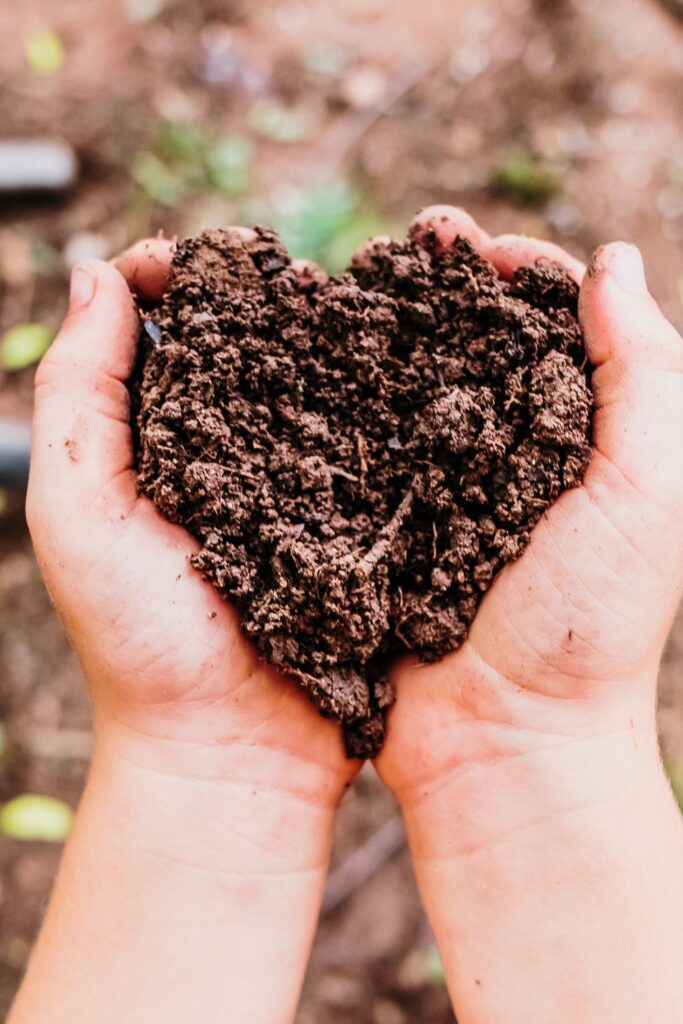
Compatible Plants for Your DIY African Violet Soil Mix
Many other houseplants can thrive in a DIY African Violet soil mixture composed of 2 parts peat moss or coconut coir, 1 part perlite, and 1 part vermiculite. Some suitable plants include:
- Succulents: This well-draining mix is perfect for succulents like echeveria, haworthia, and sedum.
- Cacti: Cacti appreciate the excellent drainage and aeration provided by this soil blend.
- Ferns: Many ferns, such as the Boston fern, enjoy the moisture-retaining properties of peat moss in the mix.
- Begonias: Like African violets, begonias prefer a well-aerated, moisture-retentive soil mix.
- Spider Plants: Spider plants can benefit from the added perlite and vermiculite for root health.
- Herbs: Herbs like basil, mint, and oregano can thrive in this blend, but remember not to over-fertilize.
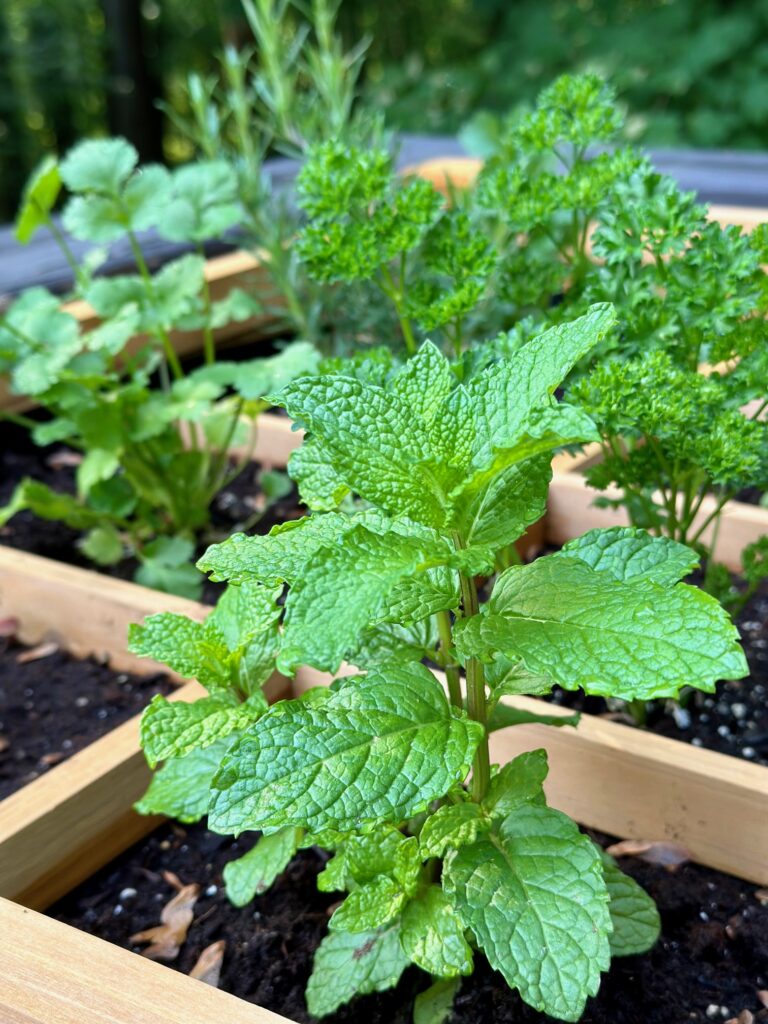
Always consider the specific needs of each plant species and adjust your care routine accordingly, as some may require more or less moisture and nutrients.
Pasteurization for Sterile Soil
Whether using homemade or commercial mixes, pasteurization2 eliminates weed seeds, insects, and harmful pathogens.
Here’s how to pasteurize soil easily at home:
- Moisten soil lightly and spread on a baking sheet.
- Heat oven to 180°F. Cover the tray tightly with aluminum foil.
- Bake for 45 minutes to an hour. Check the temperature with a thermometer – don’t exceed 180°F.
- Remove foil and allow soil to cool and air out for several days, stirring frequently.
Be sure to sterilize any tools and containers used for mixing. Now you have sterile, customized soil ready for potting up plants!
Where to Buy Quality Pre-Made Mixes
If blending your own mix sounds too messy, quality commercial options are readily available. At your local garden center or online look for African violet-specific mixes from reputable brands like:
- Espoma – Organic AV mix with peat, perlite, limestone and compost
- Miracle-Gro – Peat-based and specifically formulated for African violets
- Sun Gro – Their Sunshine Mix includes peat, perlite, vermiculite, and peat moss
- rePotme African Violet Imperial Potting Soil – This mix includes coir, fine vermiculite and perlite.
Check labels for ingredients and opt for mixes with few chemical additives. Look for the core components we’ve covered like peat or coir, perlite, and vermiculite.
With the right soil mix specifically made for African violets, you can provide your plant with proper drainage, and get your violets thriving!

Repotting and Dividing African Violets for Optimal Growth
Now that you understand the perfect potting mix for African violets, let’s discuss how and when to repot your plants into fresh soil. Repotting provides an opportunity to inspect root health, divide overgrown plants, and stimulate new growth.
When to Repot African Violets
Plan to repot African violets about every 2-3 years, or when you notice:
- Slowed growth – This signals the current soil is depleted.
- Yellowing leaves – Can indicate crowded, damaged roots.
- Rootbound plants – Roots fully occupy the pot with nowhere to expand.
Avoid repotting when plants are flowering. Wait for blooms to fade before disrupting roots.

How to Repot African Violets
Gently remove the plant from its current pot and loosen the old soil from the roots. Assess the root ball – remove any rotted or diseased roots.
Select a pot that is about 1-2 inches wider than the current one to allow room for growth. Then:
- Add Fresh Potting Mix: Fill the new pot about halfway with fresh soil mix.
- Position the Plant: Place your African violet in the center of the new pot, ensuring the crown (where the stems meet the roots) is slightly above the soil surface. Avoid burying the crown.
- Fill with Soil: Gently fill in the space around the plant with potting mix, pressing it down lightly to secure the plant in place.
- Watering: Water your repotted African violet thoroughly but avoid getting water on the leaves. The plant may go through a brief period of adjustment, so be mindful of watering during this time.
Dividing Overgrown African Violets
Large, overgrown African violets can be divided into smaller plants. Look for where new offsets or suckers emerge from the mother plant.
- Use a sharp, sterile knife to sever the connections between offsets and the mother plant.
- Gently tease apart the root balls of divisions. Keep as much root as possible on each division.
- Repot divisions individually in small pots using fresh soil mix.
With proper division and repotting, your violets will continue thriving for years to come!
Propagating African Violets Through Cuttings and Offsets
Repotting and dividing existing plants is one way to multiply your African violet collection. You can also propagate new plants from cuttings. Here are some propagation methods to try:
Leaf Cuttings
African violet leaves can grow entirely new plants when rooted in water or soil. Select healthy, mature leaves and cut the petiole (stem)3 cleanly with a sterile knife or scissors.
- Place the petiole in a jar of room temperature water. Roots will begin emerging in a few weeks.
- Once roots are 1-2 inches long, pot the leaf in a small container using African violet soil mix. Keep soil moist and humidity high.
- New baby African violet plants will begin growing at the base of the leaf.

Plant Divisions
As discussed in repotting tips, mature African violets often produce new rosettes or offshoots connected to the mother plant. These can be divided and potted up.
- Identify healthy offsets with well-established root growth.
- Use a sterile knife to detach the offsets from the main plant.
- Carefully tease apart the root ball and repot offsets individually.
Dividing offsets results in genetically identical new plants and is faster than growing from leaf cuttings.
Plantlets from Flower Stems
Some African violet varieties produce tiny plantlets along the flower stems. These can be detached and rooted similar to leaf cuttings once they have a few leaves. The plantlets clone the mother plant.
With a variety of propagation methods, you can expand your African violet family exponentially!

Troubleshooting Problems with African Violet Soil
Even with proper soil components and mixing, you may encounter some problems with your African violets. Here are some common issues and how to get your plants back on track:
| Issue | Cause | Solution |
|---|---|---|
| Yellow or curling leaves | Overly dense, wet soil suffocating roots | Repot with lighter soil mix, add more perlite for drainage |
| Leaf drop | Improper moisture levels | Assess and modify watering routine to optimal levels |
| Slow growth | Poor drainage, depleted soil | Repot in fresh soil, use pot with drainage, water thoroughly without saturating |
| Leaf spotting | Fungal issue from damp soil | Improve drainage and air circulation, trim affected leaves |
| White crusty deposits on leaves | Hard water, low calcium uptake | Check soil pH is around 6.0 to improve nutrient absorption |
With some adjustments to soil, moisture, and humidity, you can get struggling African violets thriving again. Pay close attention to their needs, and don’t hesitate to repot in fresh mix if plants seem unhappy. Healthy roots equal happy plants!

Caring for African Violets Beyond Soil: Light, Water, and Humidity
Achieving the perfect African violet potting mix is an excellent start, but there are a few additional factors that contribute to robust growth and lush blooms.
Lighting Needs
African violets thrive in bright, indirect light. Ideal conditions:
- North or east-facing windows – bright but gentle light
- Sheer curtains to filter intense direct sunlight
- 12-14 hours of light daily
- Avoid direct southern sun exposure
Rotate plants periodically for even growth. Supplement with grow lights in darker spaces. If leaves are small and pale, increase light. Scorched or faded leaves indicate too much light.
Watering Best Practices
Allow the top inch of soil to dry out between waterings. Soil should not be soggy.
- Water thoroughly until it drains from the pot. Never leave plants sitting in water.
- Avoid getting water on leaves and crowns to prevent disease.
- Self-watering planters help maintain soil moisture and provide the African violet with the right amount of water. To make your own self watering pots visit my DIY Indoor Self Watering Planters (Ballard Designs Style) post.
If leaves droop, increase watering frequency. Wilting leaves can mean overwatering – let the soil dry out further.

Ideal Humidity Levels
African violets prefer 40-50% relative humidity.4 In dry homes, use a humidifier or pebble tray to increase moisture. Group plants together for a humid microclimate.
Mist leaves occasionally with room-temperature purified water. Avoid wetting the crown and water early in the day so leaves dry fully.
With the proper light, water, and humid environment, these popular flowering plants will continue thriving in their ideal potting mix. Monitor conditions regularly and make adjustments as needed.
Frequently Asked Questions about African Violet Soil
Repot African violets every 2-3 years in fresh soil mix. Avoid repotting when the plant is flowering.
Soilless mixes are lighter, provide good drainage, and are specially formulated for African violet needs. Regular potting soil is too dense for African violets.
Avoid garden soil, which is too heavy. Limit compost to 20% of the total mix at most so salts don’t build up.
Incorporate sphagnum peat moss, pine bark, oak leaf mold, or coffee grounds which release organic acids.
Drooping leaves can mean under-watering and overly moist soil causes yellow leaves. The soil should dry slightly between waterings to avoid root rot of their delicate root systems.
No, perlite and vermiculite alone do not provide nutrients. Use them combined with peat/coir in a complete soil mixture.
For best results, fertilize monthly at 1/4 strength with a balanced fertilizer to prevent buildup and to provide your African violets with essential nutrients. More frequent, weaker applications are better than less often.
An African violet plant will thrive in self-watering pots, preferably made of plastic or ceramic. These pots provide a stable environment, preventing waterlogged soil, root rot, and mineral buildup, ensuring your violets stay healthy and vibrant. For more information and a shopping guide for African violet pots visit my African Violet Pots: Your Guide to Choosing the Ideal Pot post.
African violets are not ideal for hydroponic growth due to their preference for a soil-based medium that retains moisture without waterlogging the roots. They are sensitive to changes in water and nutrient levels, which can be harder to control in hydroponic setups. Therefore, growing African violets hydroponically is not recommended.

With the proper potting mix and care regimen, your African violets will reward you with bountiful blooms. Their beautiful flowers and charming velvety leaves will brighten any indoor space.
Follow this guide, tend to your plants attentively, give them good care, and you’ll be enjoying perfect African violets for years to come!
Thank you for visiting the blog today for Best Soil for African Violets: The Ideal Mix for Beautiful Blooms. We hope you’ve discovered some helpful tips.
Keep growing friends!
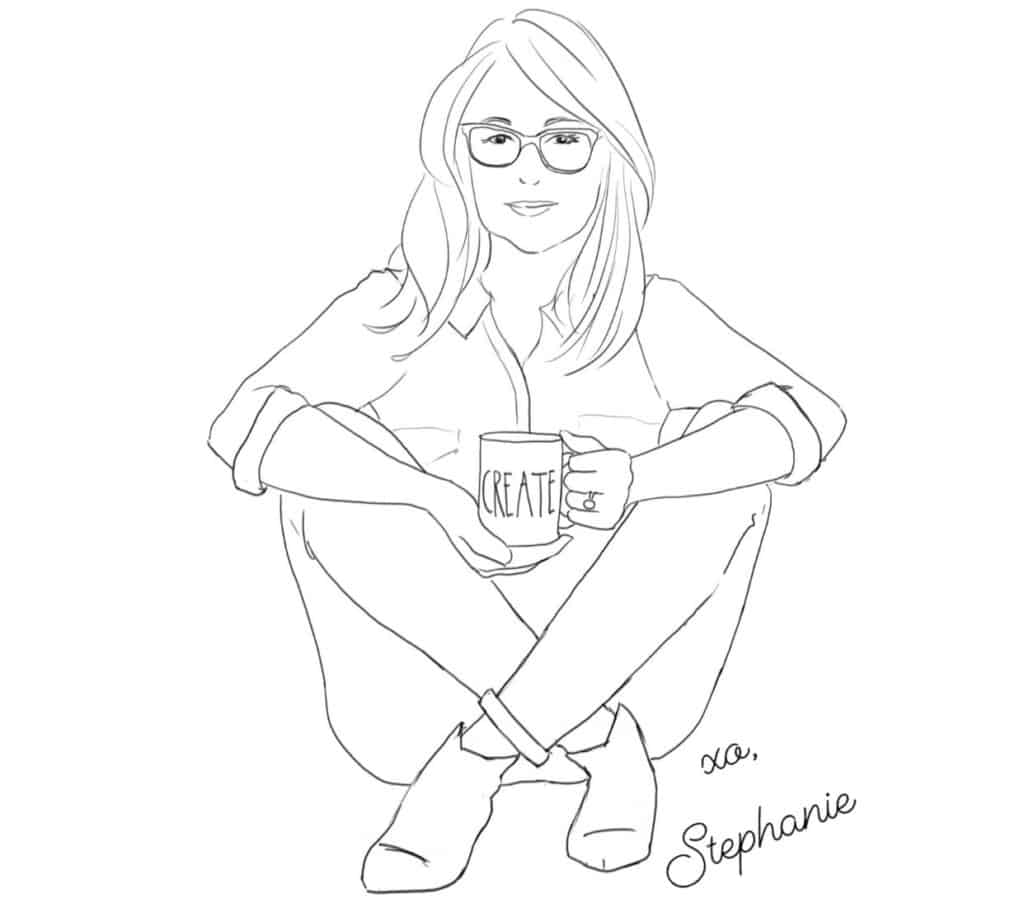
References
- Understanding soil pH. (n.d.). https://extension.psu.edu/understanding-soil-ph ↩︎
- Homemade compost to homemade potting soil. (n.d.). https://aces.nmsu.edu/ces/yard/2005/102205.html ↩︎
- Biology Dictionary. (2017, April 29). Petiole. https://biologydictionary.net/petiole/ ↩︎
- Johnson, T. (2019, May 23). In right conditions, colorful African violets bloom year-round. Chicago Tribune. https://www.chicagotribune.com/2017/02/27/in-right-conditions-colorful-african-violets-bloom-year-round/ ↩︎



